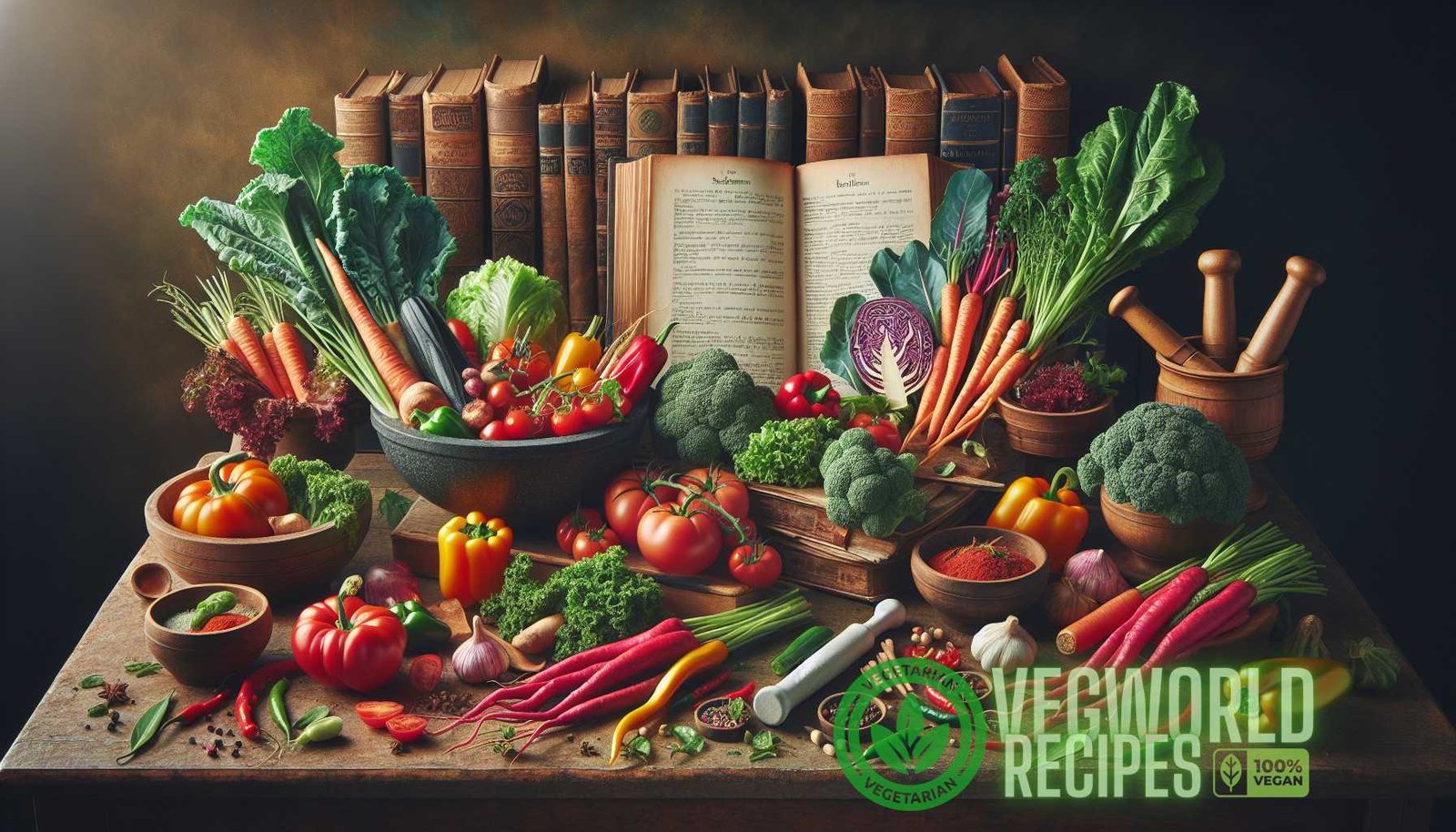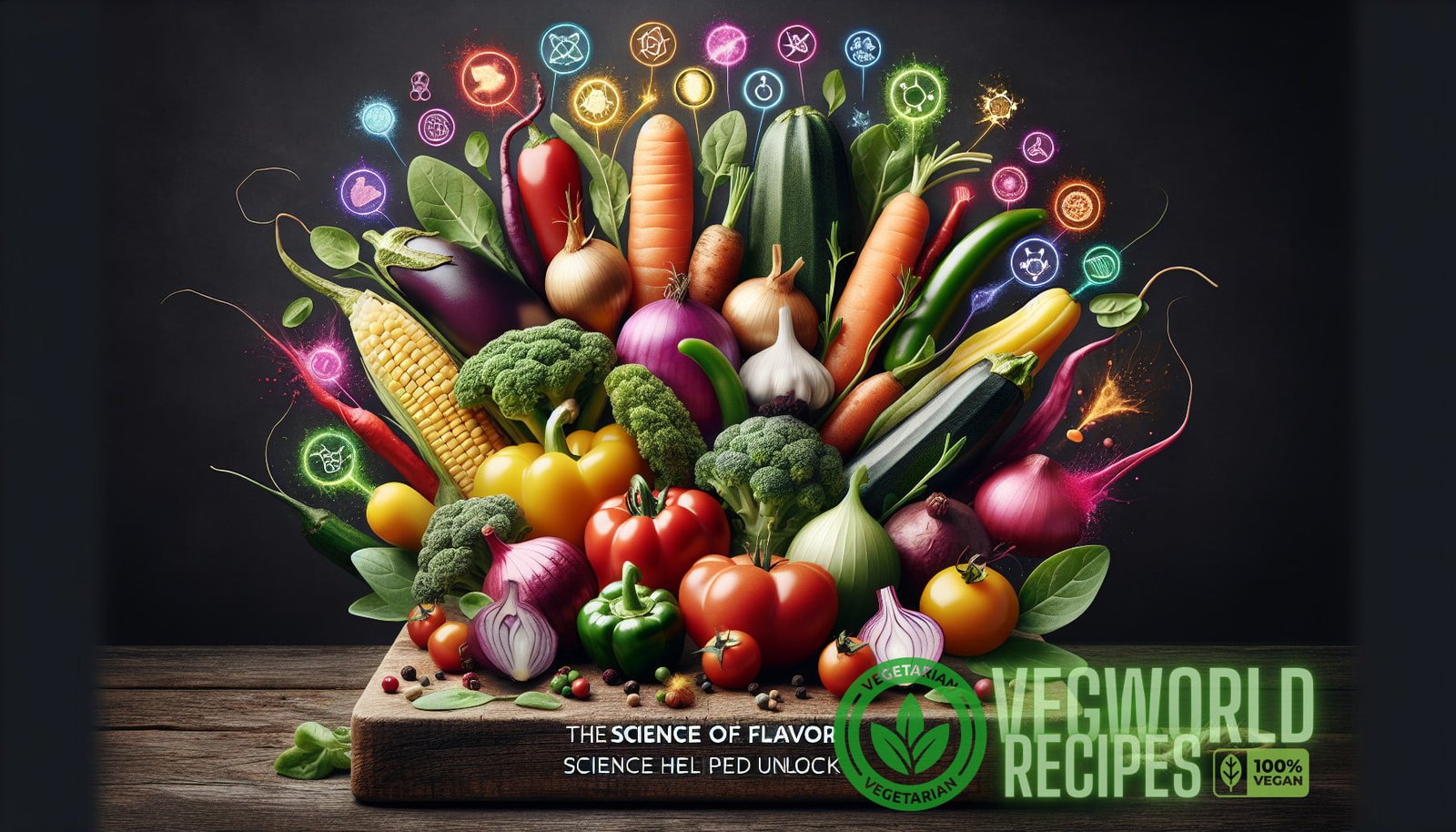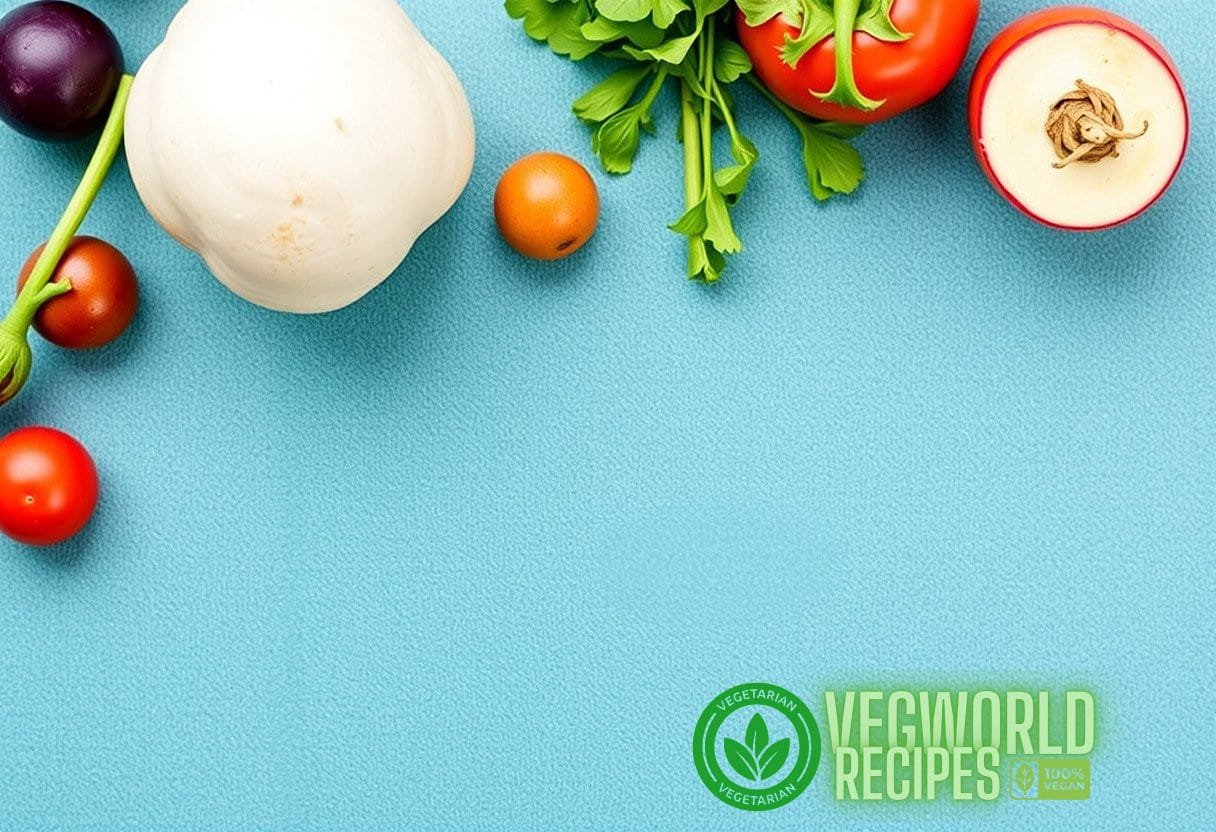Introduction
Seasonal vegetables are not just delicious and nutritious; they also offer a myriad of hidden secrets when it comes to flavor. Understanding the science behind the flavors of seasonal vegetables can help you create tantalizing dishes that showcase the best of what nature has to offer. In this article, we will unveil the hidden secrets to creating delectable dishes using seasonal vegetables, exploring the scientific factors that influence taste. Whether you’re a home cook or a professional chef, this guide will provide you with valuable insights to elevate your culinary creations.
The Basics of Flavor
To understand the science of flavor, it’s essential to grasp the basics of taste perception. Our taste buds are capable of detecting five primary tastes: sweet, sour, salty, bitter, and umami. These taste sensations are a result of the various chemical compounds present in the food we consume. However, the flavors we experience go beyond these basic tastes, incorporating other sensory inputs such as smell and texture.
Smell: Our sense of smell plays a crucial role in flavor perception. The aroma of a dish enhances our experience by activating our olfactory receptors. These receptors detect volatile compounds released by the food and send signals to the brain, influencing our perception of taste. Seasonal vegetables, with their diverse range of aromas, contribute immensely to the overall flavor profile of a dish.
Texture: The texture of food also impacts our perception of flavor. Different seasonal vegetables have distinct textures, ranging from crunchy to creamy. This textural variation adds depth and complexity to dishes, making them more satisfying and enjoyable to eat.
Now that we understand the basics of flavor perception, let’s delve into the specific factors that influence the flavors of seasonal vegetables.
Factors Influencing Flavor in Seasonal Vegetables
1. Ripeness
The stage of ripeness greatly affects the flavor of seasonal vegetables. As fruits and vegetables ripen, their sugar content increases, resulting in a sweeter taste. Additionally, the subtle, complex flavors of vegetables develop and intensify as they mature. It’s important to choose seasonal vegetables that are at their peak ripeness to ensure the best flavor.
For example, when it comes to tomatoes, a ripe, juicy tomato bursting with flavor will have a perfect balance of sweet and tangy notes. In contrast, an underripe tomato may taste bland or excessively tart. Similarly, a perfectly ripe bell pepper will have a sweet, slightly smoky flavor, while an unripe pepper may be bitter and less flavorful.
Internal Link: To learn more about creating delicious dishes with winter vegetables, check out our article on winter veggie creations.
2. Soil Composition
The health and composition of the soil in which seasonal vegetables are grown can have a significant impact on their flavor. Soil that is rich in organic matter and essential minerals provides the necessary nutrients for plants to thrive and develop complex flavors.
For instance, vegetables grown in soil with balanced levels of nutrients such as nitrogen, potassium, and phosphorus tend to have a more robust and well-rounded taste. On the other hand, vegetables grown in depleted or chemically treated soil may lack depth of flavor and can taste dull or bland.
In recent years, there has been a growing emphasis on regenerative agriculture and organic farming practices, which prioritize the health of the soil. These practices can contribute to more flavorful seasonal vegetables by improving soil quality and nutrient availability.
3. Climate and Growing Conditions
The climate and growing conditions in which seasonal vegetables are cultivated play a crucial role in their flavor development. Different vegetables thrive in different climates, with each climate offering unique advantages and challenges that influence the taste.
For example, cool-season vegetables like kale and Brussels sprouts tend to have a sweeter and milder flavor when grown in cooler climates. These vegetables accumulate sugars during colder weather, resulting in a more enjoyable eating experience. On the other hand, warm-season vegetables like tomatoes and peppers thrive in warmer climates, where they develop their characteristic flavors.
The availability of sunlight, rainfall, and temperature fluctuations also contribute to the flavor profiles of seasonal vegetables. Carefully selecting the appropriate varieties for your climate and providing optimal growing conditions can help maximize the flavors of the vegetables you grow.
Internal Link: Looking for refreshing summer veggie delights? Check out our article on easy vegetarian recipes that will help you beat the heat.
4. Variety and Genetics
The choice of vegetable variety can significantly impact its flavor. Different varieties of the same vegetable can have distinct flavor profiles due to variations in their genetics. Plant breeding programs have been instrumental in developing vegetable varieties with improved flavor characteristics.

For example, there are numerous tomato varieties available, each with its own unique flavor profile. Some varieties are known for their exceptional sweetness, while others have a more balanced combination of sweetness and acidity. Experimenting with different varieties can help you discover new and exciting flavor combinations in seasonal vegetables.
Furthermore, heritage or heirloom varieties are gaining popularity due to their superior flavor and taste. These varieties are selected for their exceptional flavor characteristics and are often grown using traditional, non-industrial agricultural practices.
5. Seasonal Availability
Seasonal vegetables are at their peak flavor when they are harvested and consumed at the appropriate time of year. Freshly harvested vegetables are generally more flavorful compared to those that have been stored for an extended period. The flavors of seasonal vegetables can vary throughout the year, depending on their growing season.
When vegetables are in season, they tend to be more abundant and readily available. This abundance often translates to better quality and more affordable prices. By incorporating seasonal vegetables in your cooking, you can take advantage of their superior flavor and support local agriculture.
Enhancing the Flavor of Seasonal Vegetables
Now that we understand the factors that influence the flavors of seasonal vegetables, let’s explore some techniques and methods to enhance their natural taste:
1. Proper Storage
Proper storage is crucial to maintaining the flavor and freshness of seasonal vegetables. Most vegetables benefit from being stored in a cool, dark place away from direct sunlight. However, some vegetables, such as tomatoes, should be stored at room temperature to preserve their flavor and prevent texture degradation.
Some vegetables, like carrots and beets, store best in the refrigerator to maintain their crispness. On the other hand, leafy greens like lettuce and spinach should be stored in the refrigerator with a damp cloth or paper towel to prevent wilting.
Understanding the ideal storage conditions for different seasonal vegetables can help preserve their flavors and extend their shelf life.
2. Cooking Techniques
The way we cook seasonal vegetables can significantly impact their flavors. Different cooking techniques can enhance or alter the taste and texture of vegetables. Here are a few popular cooking methods that can help bring out the best in seasonal vegetables:
- Roasting: Roasting vegetables, such as root vegetables or Brussels sprouts, brings out their natural sweetness and adds a caramelized flavor. The high heat of roasting creates a golden brown exterior while keeping the vegetables moist and tender on the inside.
- Sautéing: Sautéing vegetables in a hot pan with a small amount of oil or butter can help intensify their flavors. The quick cooking time allows the vegetables to retain their crunch while developing delicious caramelized notes.
- Grilling: Grilling vegetables over an open flame adds a smoky flavor and enhances their natural sweetness. It also gives vegetables a beautiful charred appearance and adds depth to their flavor profile.
- Stir-frying: Stir-frying is a quick and high-heat cooking method that preserves the vibrant colors and crispness of seasonal vegetables. It locks in the flavors and allows for a harmonious blend of textures.
Experimenting with different cooking techniques can help you discover new and exciting ways to elevate the flavors of seasonal vegetables.
3. Seasoning and Pairing
The right combination of seasonings and ingredients can elevate the flavors of seasonal vegetables. Here are some classic flavor pairings that work well with various vegetables:
- Herbs and Spices: Fresh herbs like basil, cilantro, and thyme can enhance the flavors of seasonal vegetables. Spices like cumin, paprika, and turmeric add depth and complexity to vegetable dishes.
- Citrus: A squeeze of lemon or lime can brighten the flavors of roasted or grilled vegetables, adding a refreshing tang.
- Garlic and Onions: These aromatic ingredients offer savory notes and complement the natural flavors of many seasonal vegetables.
- Cheese: Incorporating cheese, such as Parmesan or feta, into vegetable dishes can provide a creamy and salty contrast, enhancing the overall flavor profile.
Experimenting with different seasonings and pairings can help you unlock exciting flavor combinations and bring out the best in seasonal vegetables.
Conclusion
The science of flavor in seasonal vegetables is a fascinating exploration of nature’s bounty. Understanding the factors that influence flavor can empower you to create culinary masterpieces that highlight the natural tastes of seasonal vegetables. From choosing the right varieties to exploring different cooking techniques and flavor pairings, the possibilities are endless. So, embrace the flavors of the seasons and let the hidden secrets of seasonal vegetables guide you on a delicious culinary journey.
External Link: For more information on the science of flavor, you can visit Wikipedia’s article on taste.



